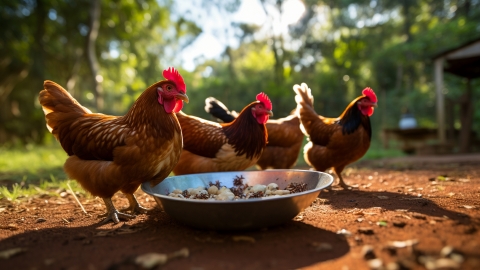Can patients with vitiligo eat rooster meat?
Generally speaking, patients with vitiligo can eat rooster meat, but in moderation. The detailed explanation is as follows:

Rooster, as a common type of meat, contains abundant proteins, amino acids, and various vitamins and minerals. Moderate consumption of rooster meat by vitiligo patients can provide necessary nutritional support, help enhance immune function, and promote disease recovery. Moreover, rooster meat is tender and easily digestible, thus not imposing excessive burden on the patient's gastrointestinal tract. Some vitiligo patients may experience gastrointestinal discomfort during treatment due to medication side effects or the disease itself. Appropriate consumption of rooster meat can alleviate these symptoms and improve the patient's quality of life.
However, excessive consumption of rooster meat may lead to excessive intake of fat and cholesterol, increasing the risk of cardiovascular diseases. Therefore, vitiligo patients should consume rooster meat in moderation.
When consuming rooster meat, various cooking methods such as stir-frying, frying, stewing, or steaming can be chosen. However, it is recommended that vitiligo patients opt for light and healthy cooking methods, such as stewing or steaming, to reduce the intake of oils and seasonings.






